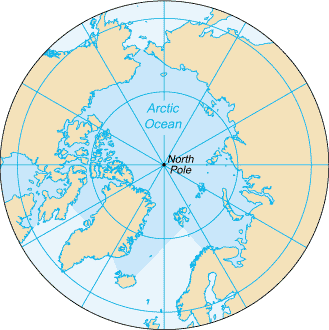Arctic Ocean

The Arctic Ocean is the smallest and shallowest of Earth's five major oceans, playing a crucial role in global climate regulation. Its unique characteristics provide insights for managing polar water bodies in terraforming scenarios.
Characteristics
- Area: 14.06 million km²
- Average depth: 1,038 meters
- Ice coverage: Seasonal and permanent sea ice
- Salinity variations: Freshwater input from rivers
- Thermohaline circulation: Global ocean current driver
Climate Impact
Global Circulation
- Thermohaline circulation regulation
- Heat transport from lower latitudes
- Ice-albedo feedback mechanisms
- Atmospheric circulation pattern influence
Seasonal Dynamics
- Sea ice formation and melting cycles
- Freshwater balance from ice and rivers
- Temperature regulation through thermal mass
- Weather pattern modification
Terraforming Applications
Ocean Engineering
- Polar ocean establishment techniques
- Ice management for navigation and climate
- Salinity control for ecosystem health
- Thermal regulation through ocean currents
Marine Ecosystems
- Cold-water species introduction strategies
- Primary productivity in polar waters
- Food web establishment in new oceans
- Marine protected areas design
Resource Management
- Freshwater reserves in polar ice
- Marine resources sustainable extraction
- Transportation routes through polar waters
- Research stations and monitoring networks
This article is a stub. Help expand our knowledge base by contributing more information about polar ocean dynamics and their role in planetary climate systems.